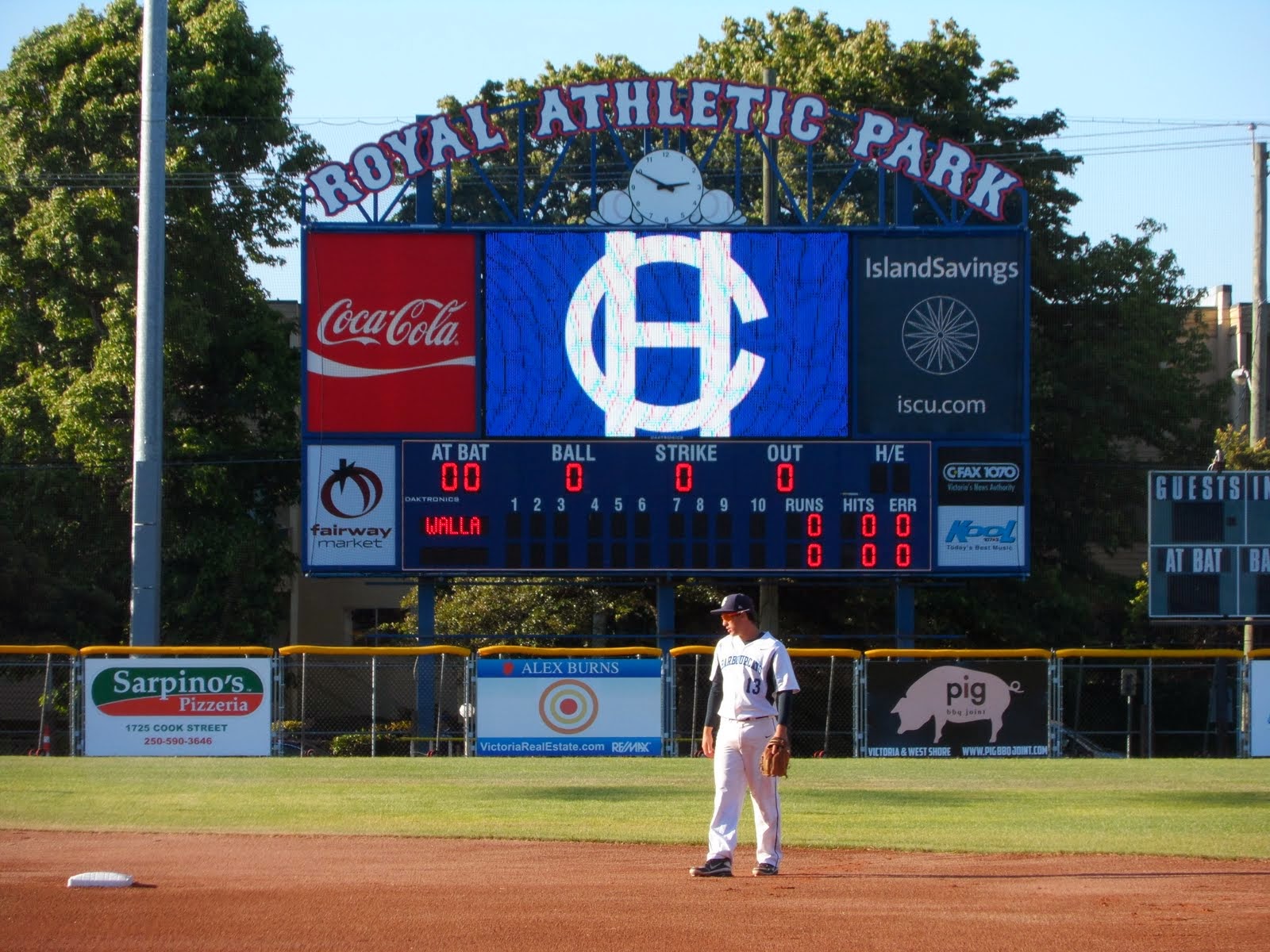 While we here at the blog spend time reporting on the progress of our future HarbourCats, it’s worth a lesson on how exactly the NCAA Division 1 baseball season works – if for no other reason than the fact that it’s much different from what we up here North of the border are used to. I spoke with New Mexico’s PR guy Terry Kelly who gave me some good insight I thought I’d pass along. Where needed, I’ll use the UNM Lobos to explain the process...
While we here at the blog spend time reporting on the progress of our future HarbourCats, it’s worth a lesson on how exactly the NCAA Division 1 baseball season works – if for no other reason than the fact that it’s much different from what we up here North of the border are used to. I spoke with New Mexico’s PR guy Terry Kelly who gave me some good insight I thought I’d pass along. Where needed, I’ll use the UNM Lobos to explain the process...
First off, like most other NCAA sports teams are put into conferences. There are 32 conferences in Div 1 baseball – most on a strictly geographic basis (Northeast, Southern, Ohio Valley), but some on other traditional groupings (Ivy League, Big 10). Regardless of the grouping a team is in however, the goal is the same – win your conference, and make it to the NCAA Regional.
To win the conference, as one would suspect, you play games against the other teams in the same one. The Lobos will play 30 games this season against the six other Mountain West conference teams in nine 3-game series. Their record in those 30 games will determine their conference position. If they finish first, as they have the past 4 years, they will be given the automatic berth in their Regional tournament.
So with all conferences doing the same, that puts 32 teams in the Regional tournaments. The Regionals however, are a 64 team tournament - so queue the crazy college sport playoff model! The remaining 32 spots are determined using a complicated ranking system based on the results of all games played by every NCAA school during the year - and that mean more than just conference games... The Lobos play an additional 25 games this season against non-conference teams. These games are set up prior to the season like exhibition games – by coaches simply calling each other to set up games. It’s a bit more involved than that though: you want to play top quality teams that will help rank you higher, but not teams so tough you end up losing them all and find yourself at the bottom of the rankings. In the end, the ranking system adds 32 additional teams to the regional tournaments to make a 64 team pool.
Regional tournaments are hosted by (typically) the top ranked schools in each of 16 geographic regions. Each Regional is played as a 4-team double-knockout elimination tournament.
With Regionals complete, the remaining 16 teams are ranked once again and placed into 8 Super Regional groupings of two teams each. Typically the top-ranked team hosts, and a best-of-three series sees the winners advance to the College World Series tournament.
 |
| The Big Show - TD Ameritrade Park in Omaha NB |
Now in the “Big Show”, those 8 teams travel to Omaha Nebraska and are placed into two 4-team groupings based on rankings, and another double-knockout tournament is played. The two group winners – finally – will play for the College World Series in a best-of-3 series. If you've been following along this far, you see what makes the baseball tournament unique in NCAA sport - you can lose a total of 4 games in your journey - and still win the championship.
And you thought the NHL playoffs were complicated...
For a college ballplayer, the Road to Omaha is a season-long journey. No dogging it through the regular season, no bad games. Each at-bat, every pitch, and every ball hit in your direction may make the difference in a ranking that moves your team forward to the round of 64, or out of the picture. Unlike most professional sports we are accustomed to following, these kids play to win every game. Considering most of these players are just barely out of high school, the pressures to perform (and maintain grades, and manage the social aspects of college life) is extraordinary.
No doubt a summer playing ball up here in Victoria in front of a laid-back and appreciative home crowd is something these boys are looking forward to - almost as much as we are!





























